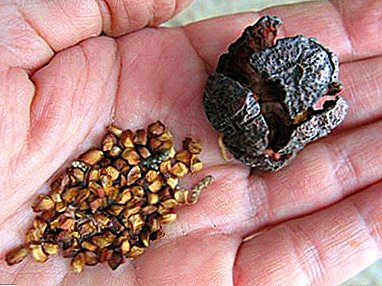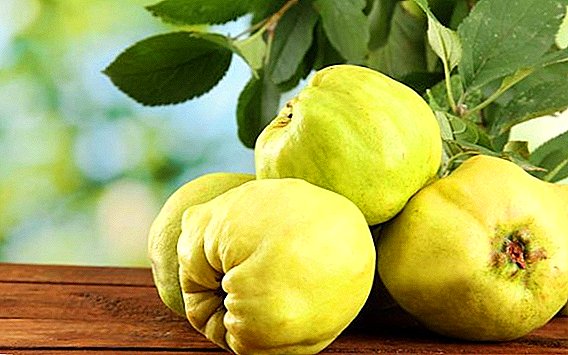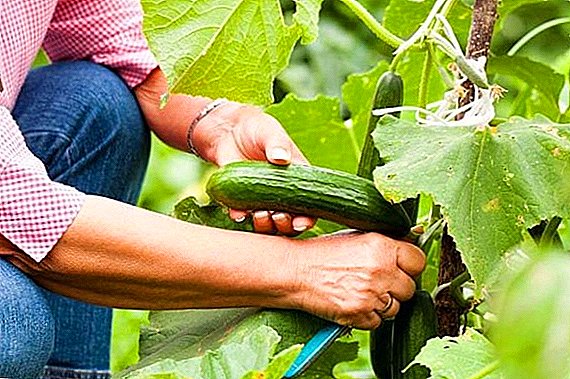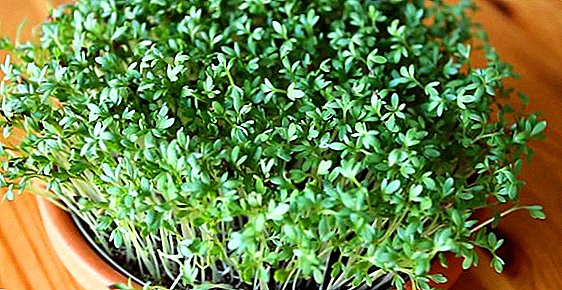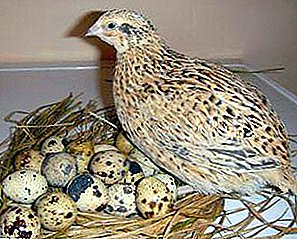
Why breeding quail every year is becoming more and more popular? Because with the low cost of quail eggs and the rapid precocity of adult individuals, this is one of the most profitable areas of domestic or amateur poultry farming.
We will talk about how to buy, grow and properly maintain these representatives of the feathered brethren in our article.
Why do we need to breed quails?
 Did you know that interest in breeding quails for dietary meat and eggs has a long history, which dates back to ancient China? In Russia, quailing has been developing for only the last fifty years, but there are already a lot of developments in this direction.
Did you know that interest in breeding quails for dietary meat and eggs has a long history, which dates back to ancient China? In Russia, quailing has been developing for only the last fifty years, but there are already a lot of developments in this direction.
Why are more and more people addicted to breeding quail at home and in the country?
Because it is a great alternative to the classic poultry industry. There is no need to build a large chicken coop, organize walking and wrestle with what and how to feed a chicken or goose herd.
For five dozen quails, a few square meters of space is enough. And provided that it is properly organized, you will receive about 45-48 eggs per day, which is equivalent to 8 chicken eggs, and you have much more benefit in yourself.
One can talk endlessly about the benefits of quail eggs and meat. But, let's list them all:
- Quail meat is considered dietary.and is also very rich in the content of B vitamins, iron, copper, potassium, and useful amino acids.
- It can be stored for a long time, as it does not lose its beneficial properties after freezing.
- The product is recommended for people with diseases of the gastrointestinal tract., diseases of the heart and blood vessels, diabetes, tuberculosis, asthma, anemia.
- Quail eggs can be used in baby food from an early age because of their benefits and nutritional value: compared to chicken they contain several times more potassium, iron, phosphorus, cobalt, copper and B vitamins.
- The great advantage of eating such eggs is that they can be eaten raw, because quail are not carriers of salmonellosis.
This is with regard to the benefits and advantages. Further, let's talk about creating the necessary conditions and growing. And consider the two main ways of breeding these birds:
- the purchase of adults;
- hatching own chicks.
Choosing a breed for keeping at home
There are several dozen breeds of quail - in different catalogs of them there are from 44 to 50 species.
The choice of breed for home keeping is based on unpretentiousness in feeding and keeping, as well as high egg production and quick ripening of adult birds.
Currently, the most popular breed in Russia:
- marble;
- Japanese
- British;
- "Pharaoh".
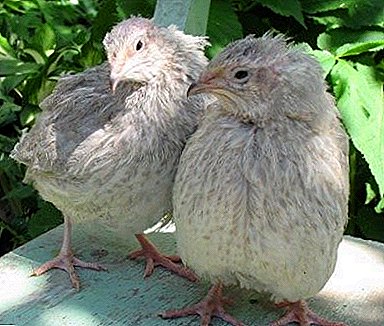
- Marble
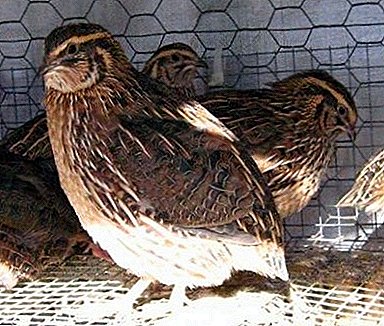
- Japanese

- Pharaoh
reference: As a result of crossbreeding, the breeds are mixed, therefore, it is quite difficult to find purebred quails of any breed.
Egg
Japanese quail have the same feather color as that of the wild bird. The mass of males reaches 130 grams, females - up to 150 grams. Egg laying starts at the age of 40-60 days, and the total number of eggs per year reaches 300-320; egg weight - 9-11 grams. Perhaps it is the most unpretentious in the care and maintenance of the breed of domestic quail.
Marble and British quail descended from the Japanese as a result of breeding and differ from them only in the color of their plumage. Have approximately the same egg production - 280 pcs. per year with an egg mass of 10-11 grams.
Meat
Pharaoh Bird refers to the meat breeds of quail: the mass of females can reach 230-240 grams, males - 200-265 grams. In the year the female lays about 220 eggs weighing 12-18 grams.
In the table below you can see the general characteristics of the quail breeds:

Purchase of adults
It is necessary to acquire adult quails at the age of one and a half months. At this age, the individual is ready to rush. It is best to buy birds on quail farms, from official breeders. And this can be done at any time of the year, since the productivity of quails does not depend on the weather. Here everything, as they say in your hands, what conditions you will create, will get such a result.
The fact is that an abrupt change of diet can lead not only to a decrease in the number of eggs, but also to a general breakdown of digestion. Within 3-4 weeks you will be able to gradually transfer the birds to a new diet and make it painless for them.
Incubation of eggs and hatching
Female quail females do not have the instinct of brooding, therefore Incubators are used for breeding..
The device for the artificial breeding of young stock can be purchased in the store, and you can build your own hands.
Quail eggs are small and any small-sized incubator is fine for you if you do not plan to breed a large flock. In a standard incubator you can place 370-390 eggs - 2-3 times more than chickens.
In the table below, we presented a comparative analysis of several of the most popular quail egg incubator models:
| Model | Size / Number of eggs | Temperature / Power |
|---|---|---|
| Laying-36-EA n / n 37 | 67Х34Х31 / 36шт | 33-45 / 36 W |
| Benefits | disadvantages | Price |
| Automatic pan rotation, digital thermometer, viewing window for observation, LED for brightness | There is no electronic moisture regulator, there are no baths for water, there is no mesh for eggs in the kit. | 3600 |
| Model | Size / Number of eggs | Temperature / Power |
| BLITZ 48 | 53Х35Х31 / 130 pcs | 30-40 / 50 W |
| Benefits | disadvantages | Price |
| Automatic turn of trays, system of addition of water, built-in fan and the heavy-duty case, system of moisture regulation and alarm system, built-in accumulator for uninterrupted power | Modest temperature range, no egg tray included | 8990 |
| Model | Size / Number of eggs | Temperature / Power |
| BLITZ 120 | 70Х35Х35 / 330шт | 30-40 / 140 W |
| Benefits | disadvantages | Price |
| Automatic turn of trays, digital thermometer, four trays for water, alarm about temperature failures, heavy-duty case, built-in battery, two trays fit, there is a programming system | Modest temperature range, no egg tray included | 17990 |
| Model | Size / Number of eggs | Temperature / Power |
| BLITZ Base | 100Х65Х120 / 140 pcs | 30-40 / 440 W |
| Benefits | disadvantages | Price |
| Durable metal housing, complete with five egg trays, the design can be disassembled, full automation of processes, there is a water tank, it works not only on distilled water, two fans and an overheat protection system, lighting. The system of rapid heating of the chamber and slow heat transfer. There is an air filter against dust and debris, alarm about failures. | Modest temperature range | 42900 |
So, if you want to buy a finished device, do not forget to consider the following important points.:
- The most economical option is a foam incubator. It will not be very durable, but at the price you will not ruin.
- Incubators with an automatic egg reversal function are expensive and are most often used in industrial production.
The dimensions of such a unit rather big. For domestic use, such constructions may involve mechanical turning of the eggs with a special lever.
Manual turning is not very convenient, it may damage the eggs, and the quail incubators themselves often break in these places.
The photo below shows one of the options for ready-made quail incubators:

Domestic incubator with auto flip
Experienced resellers recommend making their own incubators from a variety of scrap materials - from old bedside tables and refrigerators to the construction of solid wood and plywood. To learn how to make a high-quality, reliable and convenient incubator for quails with your own hands, read this article.
The main thing is that the incubator should be maintained at a temperature of 37-38 degrees, and the room should not be colder than 20. To maintain optimal humidity (65-75 percent), it is necessary to monitor the amount of water from the special trays of the incubator.
Very often you can hear the question of the natural incubation of quail eggs. As personal experience shows, small chickens, decorative breeds, bentams, for example, deal well with this business. It is risky to lay small eggs under larger birds, most likely they will simply crush them.
Content of chicks
 So, in your incubator appeared pepyalyata. They weigh only 8 grams, but are able to move and eat on their own. What to do next:
So, in your incubator appeared pepyalyata. They weigh only 8 grams, but are able to move and eat on their own. What to do next:
- Replant in cages for young. For these purposes, you can use cardboard or plywood boxes of size 60x60x20 cm.
- Chicks need to be elevated. For this we use a lamp or electric heater.
- Birds need access to water and clean sand.
Content mode:
- daily chicks need a temperature of 37 degrees;
- in the first week - 35;
- on the second - 31;
- on the third - 27;
- on the fourth - 22-24.
Next, you can maintain the temperature at 19-20 degrees, and humidity 55%.
Remember that for kids dampness, drafts and temperature drops are destructive.
As for lighting, the first two weeks it should be around the clock, then it is gradually reduced, and by the age of 45 days it is enough to turn on the light for 12 hours. After the grown-up birds you translate into a cage for adults, the length of daylight hours should be 17 hours a day.
Feeding and watering
From the first days of life, chicks require protein, minerals and vitamins..
- The first three days of quail are fed with finely chopped boiled eggs, poured into a wide flat dish.
- Next, cottage cheese and corn grits or special feed for newborn chickens are added to the diet.
- From the 8th day on, chicks are fed only with purchased feed for chickens, and from 20-28 days their diet is no different from adults.
Watered quail only from vacuum troughs with warm boiled water. In the first days of life, for the prevention of diseases, chicks are fed with a solution of chloramphenicol.
Basic rules for successful breeding in the country or in the apartment
In cages the size of 30x30 cm and height 25 cm can contain 3 females and 1 male. The floor of the cage for quail should be covered with straw, shavings or hay. The litter is replaced as it gets dirty.
Some poultry farmers practice an increase in daylight, due to which they receive 2 eggs per day. It must be remembered that reducing the rest time can lead to increased aggressiveness of the bird.
The quail winter maintenance technology implies that even in winter, the temperature in the room should not be lower than 16 degrees, otherwise the egg production of birds drops sharply. The room should be warm enough, with good ventilation, but without drafts. Humidity is 60-70 percent, the optimum temperature is 19-21 degrees.
Once a week it is recommended to install a container with wood ash for bathing quail. This simple measure reduces the likelihood of parasites.
In the photo below you can see what the correct quail cage looks like:

Metal cage for quail
Feeding adult birds
It is best to place feeders and drinkers outside the cages.but freely available for poultry. If quails feed their heads through the bars for feeding, the cage is kept clean and less food is consumed.
Feed the bird 2-3 times a day at the same time at the rate of 30 grams of the mixture per 1 individual. The easiest option for the diet of female quails is ready-made feed for laying hens.
Poultry and any grain waste, greens, chopped root vegetables, germinated grain, any vegetables, sunflower seeds, boiled potatoes, small boiled macaroni consumes well.
2-3 times a week bone meal or fish meal or boiled fish is added to the feed. Mineral additives require chalk, lime, shell, as well as small pebbles..
We offer you an interesting video about quails with useful information about their maintenance and breeding:
Quail diseases
When keeping any poultry, it is important to maintain the health of the entire population. So, the breeder should be able to diagnose the main diseases of their pets.
So, a few words about how quails are affected and what healthy birds should look like.
Quail diseases:
- Injuries and bruises;
- Peck and cannibalism;
- Feathering;
- Avitaminosis and lack of eggshell in eggs;
- Oviduct prolapse.
In each case, the adoption of adequate measures of its own is required, in some situations the owner can cope on his own, sometimes the intervention of a veterinarian is required. Read more about diseases, their diagnosis, treatment and prevention in this article.
Preparation for slaughter
For fattening chicks after 30 days of age are divided by gender. Males, as well as culled females, are deposited in a separate room for fattening, keeping them separate from each other.
Fattening air temperature - 20-24 degrees, light mode - reduced intensity.
Poultry is fed 3-4 times a day in large volumes: 2 times a day a green mixture of herbs (nettle, corn) is given with a small addition of feed fat, 2 more times - grain waste. The fattening period usually does not exceed 50-60 days.
A bird is slaughtered when it reaches a mass of at least 120-150 grams. Before slaughtering quails do not feed for 6 hours, giving only water.
The slaughter is done with a small hatchet. After draining the blood, the lower part of the legs and wings are cut off, the carcass is plucked and gutted. This process, unlike slaughter chickens, takes only a couple of minutes. After preparation, the quail carcass is ready for cooking.
On how to slaughter correctly and the subsequent cutting of quails look at the video:
Thus, breeding domestic quail is no more difficult to raise chickens or other poultry.
The main thing is to observe the simplest conditions of detention, maintain cleanliness in the room, and also feed and water the bird properly and in time. In this case, ensuring your own diet with fresh eggs and quail meat is guaranteed!






